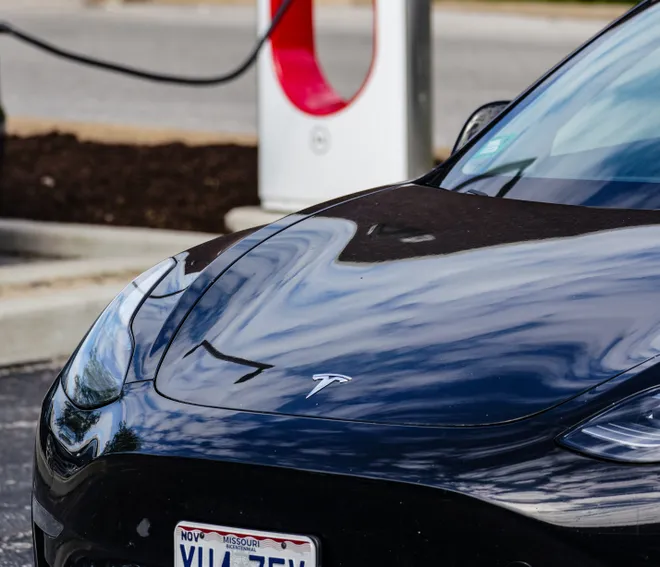Tesla that fatally hit Washington motorcyclist may have been in autopilot; driver arrested
A Tesla that fatally hit a motorcyclist in Washington state was on the company's autopilot driving system, the surviving driver told authorities, who have not yet verified the claim.
Twenty-eight-year-old Jeffrey Nissen of Stanwood, Washington, was pronounced dead at the scene of the crash Friday after he was hit by a Tesla Model-S and thrown from his bike on State Route 522 in Maltby, Washington, about 25 miles northeast of Seattle.
Nissen had slowed for traffic while the Tesla diver did not, police said.
The Tesla's 56-year-old driver was arrested on suspicion of vehicular homicide and told police that he had been using the car's autopilot program at the time of the crash.
Here's what we know.

Driver arrested after police say he was distracted
In a probable-cause document obtained by the Seattle Times, an officer wrote that the driver was arrested for "inattention to driving, while on autopilot mode, and the distraction of the cell phone while moving forward." The driver trusted "the machine to drive for him," the document said.
The driver also told police that the car became stuck on top of the motorcyclist and couldn't be moved in time to save him, according to the document, the Times reported.
Investigators have not verified that the driver was using autopilot at the time of the crash, according to Washington State Patrol Capt. Deion Glover.
"It’s still in the early stages of investigation as a lot of unknowns are still out there," Glover said in an email.
USA TODAY reached out to Nissen's family through a GoFundMe page for his funeral costs.
Autopilot has had safety problems in past
In December, the National Highway Traffic Safety Administration issued a recall of more than two million Teslas over issues with the cars' autopilot feature.
"In certain circumstances when the Autosteer feature is engaged, and the driver does not maintain personal responsibility for vehicle operation and is unprepared to intervene as necessary or fails to recognize when Autosteer is canceled or not engaged, there may be an increased risk of a crash," according to the recall notice from the agency.
The recall affected the following Tesla vehicles: the 2012-2023 Model S, 2016-2023 Model X, 2017-2023 Model 3, and 2020-2023 Model Y vehicles equipped with all versions of Autosteer.
Tesla sent an over-the-air software update to all cars to comply with the recall after the Washington Post published an investigation into crashes, including some fatal, that occurred while autopilot was engaged in situations where it should not have been.
In January, a similar recall occurred in China, affecting over 1.6 million cars.
Earlier this month, Tesla settled a wrongful death lawsuit involving a crash that killed Apple engineer Wei Lun "Walter" Huang after the Model X he was in veered off a highway and crashed in 2018. An investigative report found fault with both the Tesla and the driver, saying he was likely distracted and that the Tesla's autopilot failed to keep the vehicle in its lane, and that its collision-avoidance software failed to detect a highway barrier.

Elon Musk addresses autopilot's future with Tesla
In the company's first quarter earnings call Tesla CEO Elon Musk doubled down on the role of autopilot in the company's future.
"If someone does not believe that Tesla can solve autonomy, I don't think they should be an investor in the company," Musk said.
USA TODAY reached out to Tesla for comment on the latest crash and did not receive a response.
Contribution: Emily DeLetter, Natalie Neysa Alund
Disclaimer: The copyright of this article belongs to the original author. Reposting this article is solely for the purpose of information dissemination and does not constitute any investment advice. If there is any infringement, please contact us immediately. We will make corrections or deletions as necessary. Thank you.





